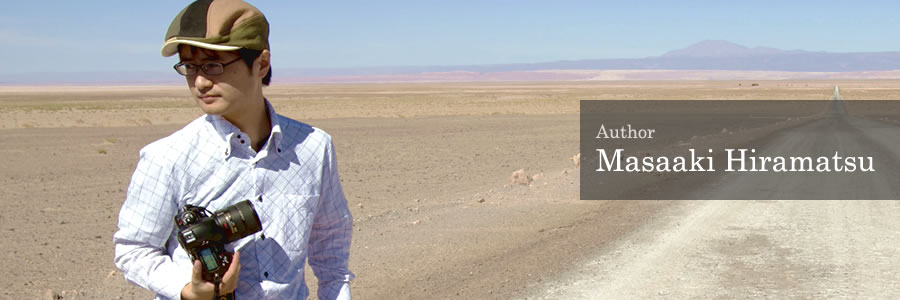What would you like to introduce to readers in this series?
My first experience with the enigmatic science of radio astronomy was training observations using the Nobeyama 45-m Radio Telescope in the summer of my sophomore year of university. The target of the observations was M42, the Orion Nebula, and the observed wavelengths corresponded to radio waves radiated by hydrogen atoms and ammonia molecules. The ad hoc data analysis produced an image which clearly showed that the distribution of gas looked different from the familiar visible light image. Also, from the spectrum of those radio waves, we could define the temperature, density and movement of the gas. There were such rich messages in the radio wave spectrum that I became completely fascinated by radio astronomy.
In this series, I want to introduce the hidden fun which I have experienced with the doubly enigmatic topic of “radio wave” “spectra.” Especially, spectroscopic radio wave observations are quite useful for studying the extremely low temperature interstellar medium (the material from which stars are made) that cannot be observed with visible light. The advent of ALMA has made possible radio astronomy images with, high resolution similar to visible light images. But to comprehend those images, spectroscopic data analysis is still indispensable. Please experience the fun of groping around in the invisible Universe.
My research field and current interests:
At present, I am using radio telescopes to research the process of star formation for stars with the mass of the Sun or less. Stars have great diversity, ranging from a few percent of the mass of the Sun up to 100 times more massive than the Sun. I want to elucidate the cause of these mass variations. Particularly, I want to clarify why stars with less mass than the Sun were compelled to have such little mass. We have already observed young stars and ‘stellar eggs’ using the Nobeyama 45-m Radio Telescope, SMA in Hawai‘i, and ASTE in Chile. Next, I want to pursue this mystery with ALMA.
Data
- Name
- Masaaki Hiramatsu
- Affiliation
- NAOJ Chile Observatory
- Job Title
- Assistant Professor
- Field of Expertise
- Radio Astronomy
